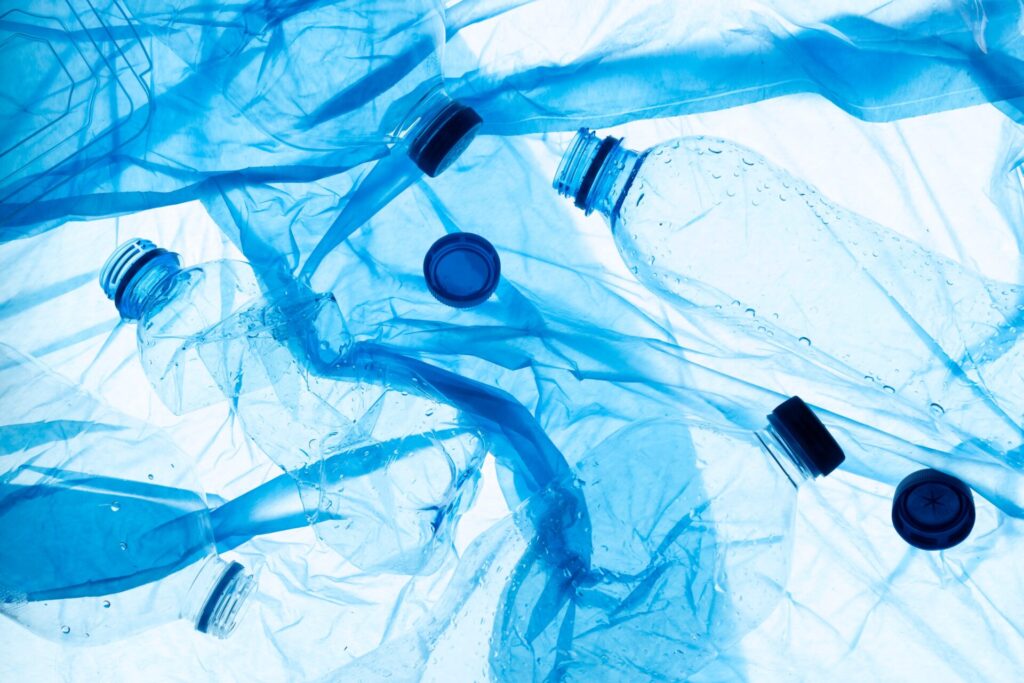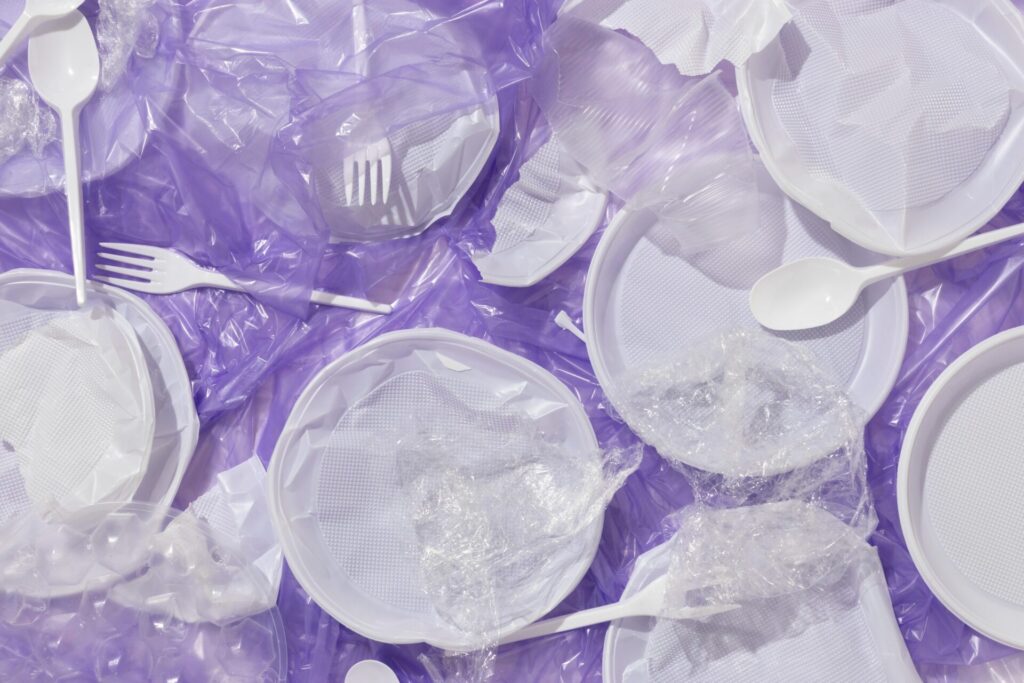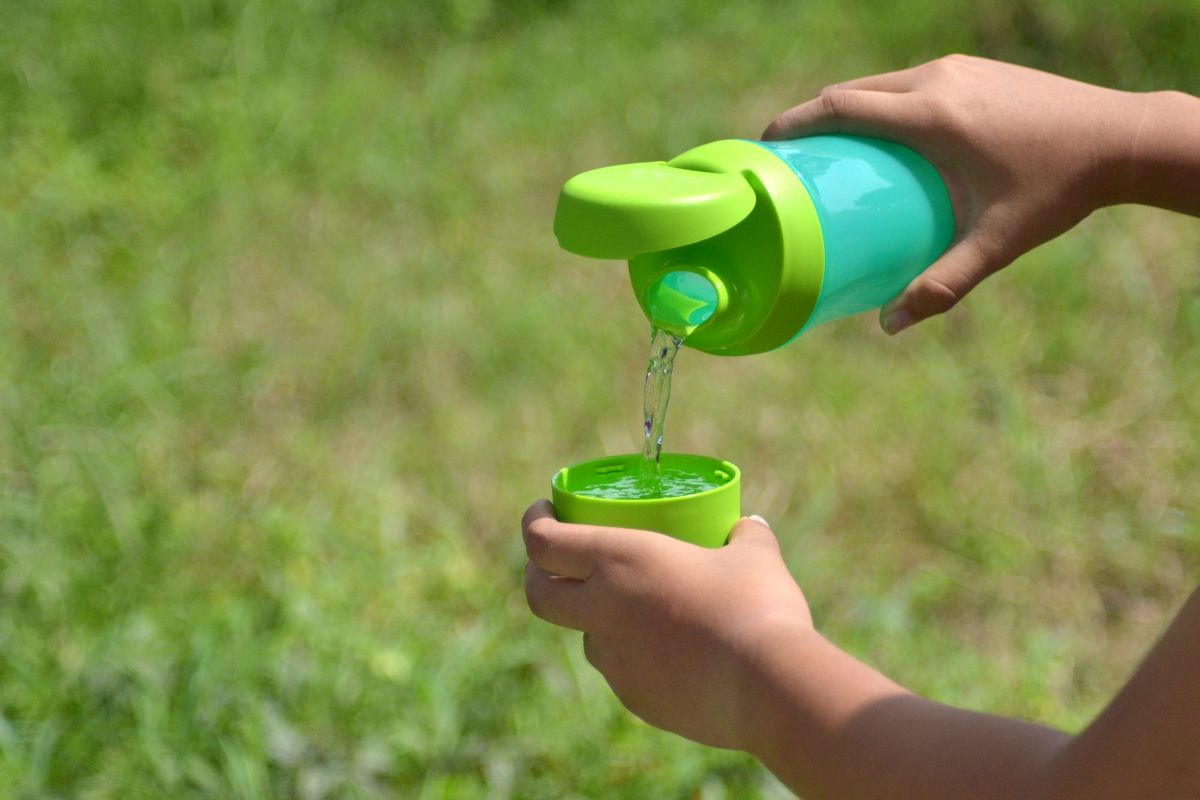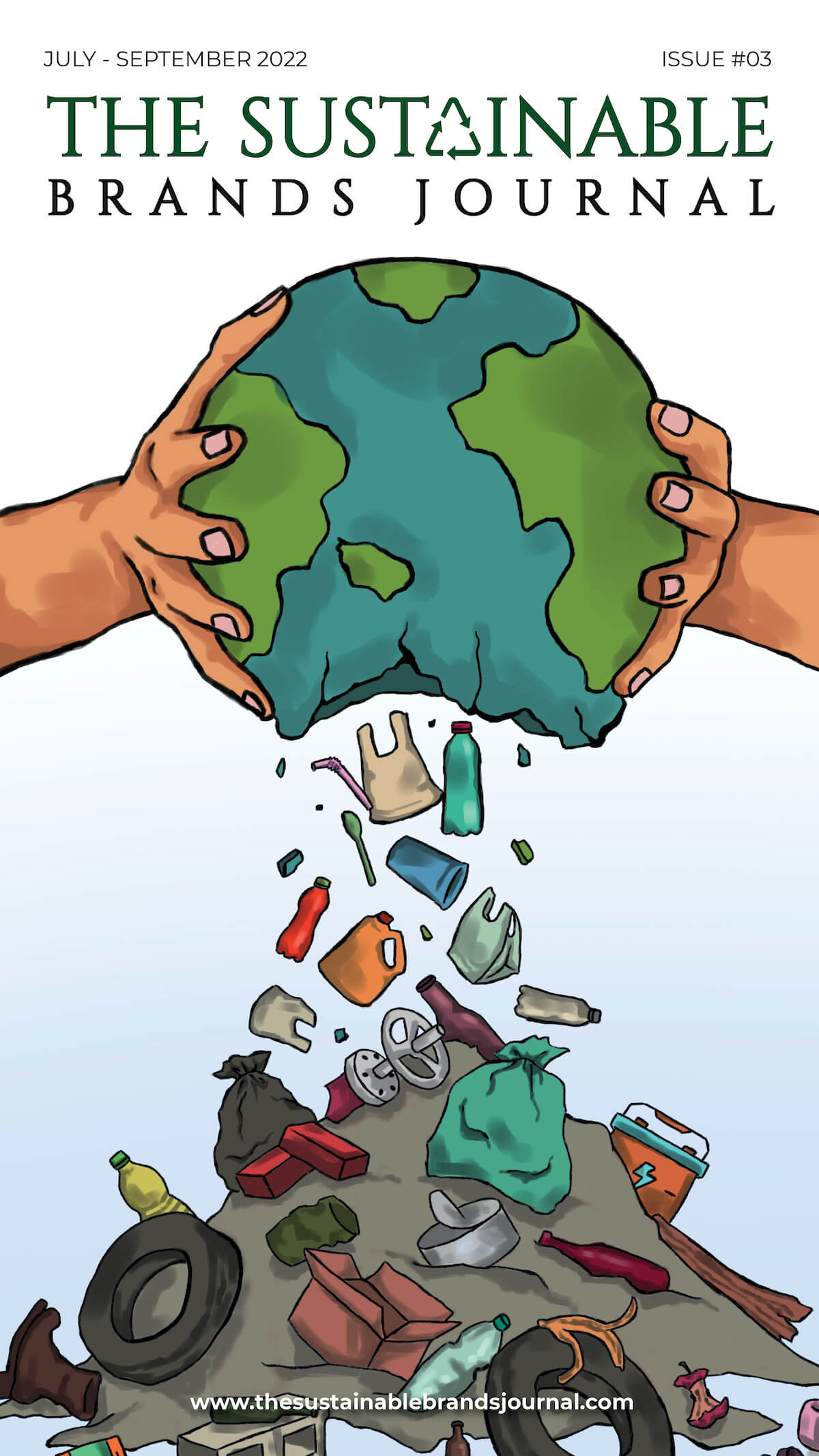
The Truth Behind Why It’s Hard to Replace Plastic
Plastic, as we know it, was one of the brilliant inventions. They are polymers made by linking chains of molecules to create a large molecule and these links make it strong and durable. There are many kinds of polymers available with different qualities, respectively, making them versatile for varied applications ranging from consumer goods to industrial products. Plastics have revolutionized industries, have made space travel possible, lightened cars and jets, used in equipment providing clean drinking water and the list is long.
Following are the properties of plastics that makes it such a versatile and hard to replace material
1. Impact strength
2. Abrasion resistance
3. Heat resistance
4. Mechanical strength
5. Rigidity
6. Chemical stability
7. Fire resistance
8. Flow property at elevated tempt
9. Dielectric strength
10. Density
11. Flammability
12. Toxicity
13. Vicat hardness
14. Tensile strength
Not only are plastics used in bowls, toys, packaging, they have wide application in auto industry, equipment manufacturing, and other industries.
So why has it become a villain in the world of sustainability?
Because it is causing pollution and interfering with the health of various ecosystems. The waste is either dumped or disposed of in a manner that is not sustainable, causing pollution. Also, the lifecycle emission of plastic as per the OECD estimates – which includes the production of the material and its disposal – was 1.8 billion tonnes in 2019.

So how do we solve this?
The most common answer is to find alternate materials. But the problem is, plastics may be replaced in packaging, food and beverages, it is the industries like automotive, space, equipment, solar and wind where it is difficult to find a replacement especially at the same price as plastic.
So what do we need to do?
One obvious answer is recycling! The advancement of technology brings to us different methods of recycling like pyrolysis, advanced mechanical recycling, depolymerization, advanced gasification to name a few

Yes, we know how to recycle plastic, however, one of the bigger problems to solve is how much of the plastic is actually recycled. As per OECD’s 2022 report only 9% of plastic waste was recycled in 2019. This clearly tells us plastic waste needs to be managed properly and they need to land in recycling facilities instead of oceans and landfills. The industrial plastic waste can be collected in a systematic manner and handed over for recycling, but the plastics used by consumers, that are found in the dump in the backyard or beaches, are difficult to aggregate and sent for further processing.
What can help promote and push recycling is strict adoption and enforcement of country policies. It needs to flow top down and every stakeholder will need to be involved and take responsibility.
Conclusion
Plastic needs to be managed efficiently. For industries where an alternate to plastics can be used and is viable, we should shift to such materials. The technology advancements are also working towards changing the chemistry of plastics for certain use cases, making it more sustainable. Above all, the push needs to be top down. In the meantime, let’s take the effort to ask how waste is being treated and take steps to ensure it is being recycled.

Prachi, an accomplished Chief-Editor at The Sustainable Brands Journal, has 15+ years of experience in Europe, the Middle East, and India, managing 90+ global sustainable brands. She’s a prolific writer in sustainability, contributing to various publications. Prachi’s unwavering passion and expertise make her a recognized authority, driving positive change and inspiring a sustainable future.





